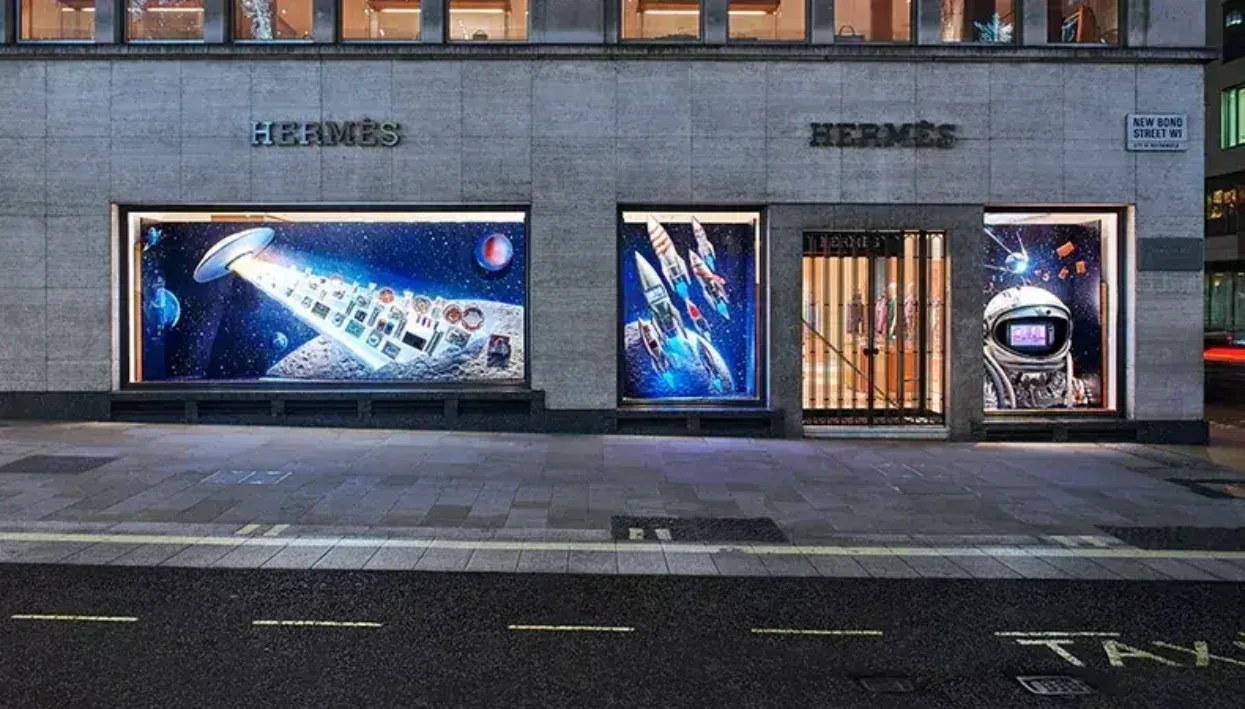Digital Printing
Revolutionising retail: customer experience, personalisation and print
Author
FESPA Staff
Published Date
26/04/2021
Become a FESPA Member
to Continue Reading
